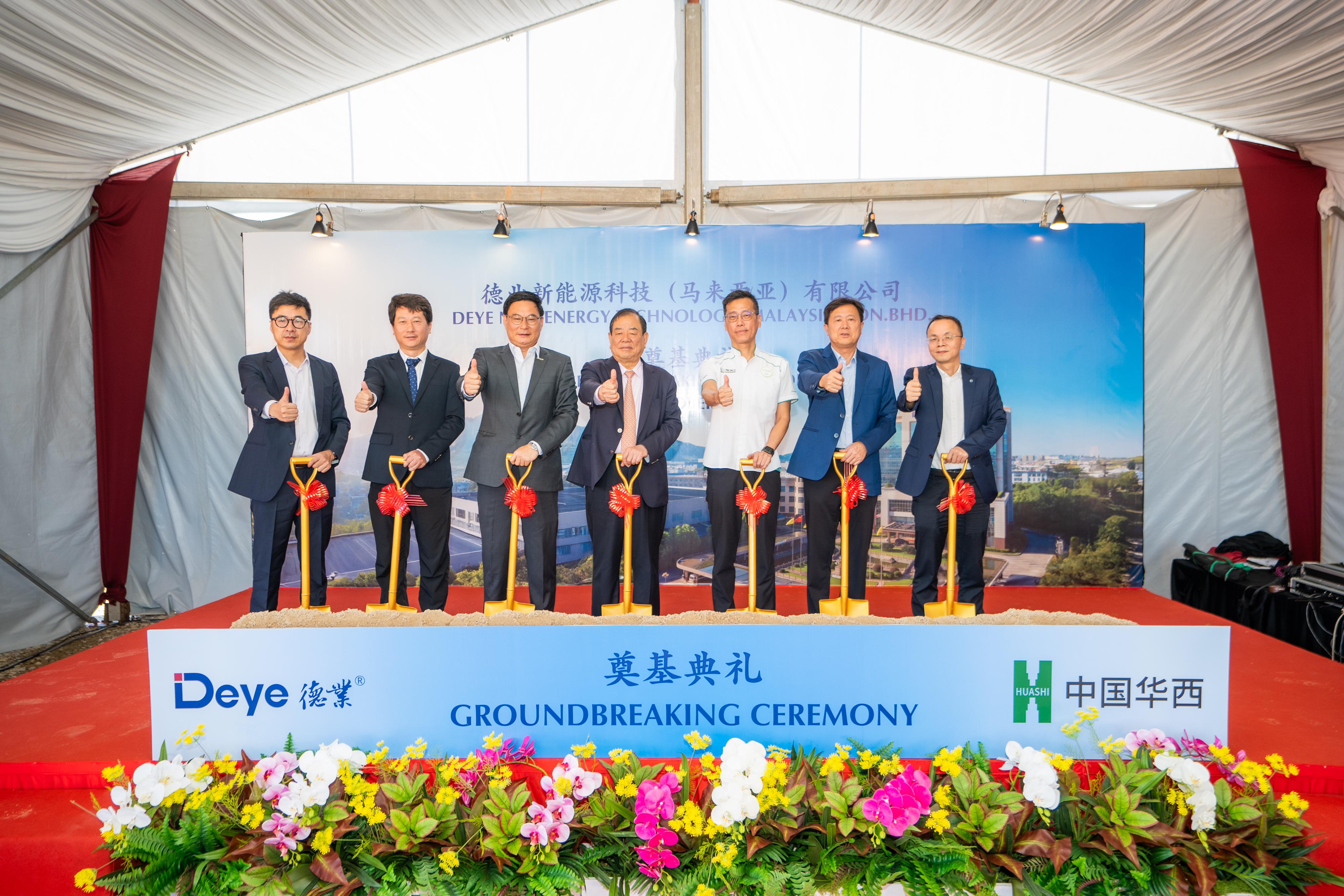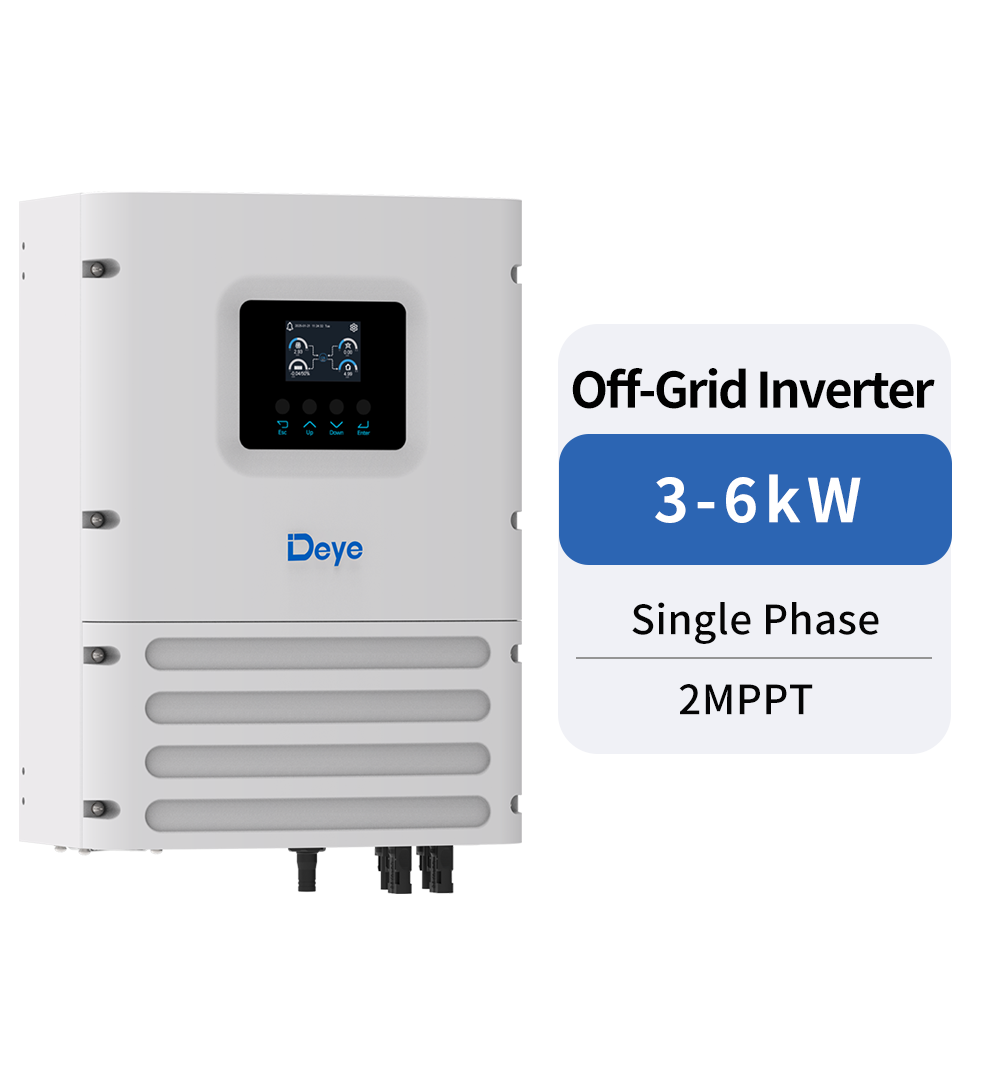Technical Topics
Solar Inverter guide
Solar Inverter manufacturers are under a constant pressure to lower the cost of their products. Some have made significant changes to their manufacturing processes and others have built additional production facilities in emerging markets. These manufacturers have also implemented the core design concept of "design for manufacturability," which means designing products with ease of manufacturing in mind. Some of them have even reduced costs by partnering with other vendors. This makes them more competitive.


To choose the better solar inverter for your home, you need to assess your energy demand. The amount of electricity used in a household must be balanced across three phases. Otherwise, your inverter may trip due to an imbalance in the voltage. A qualified solar installer will help you make the proper calculations.
Solar panels work by absorbing sunlight and sending it to a solar inverter. This energy is normally in direct current form, but home users need alternate current. The inverter converts this direct current to the desired alternating current (AC). The inverter contains two or more transistors that turn on and off greatly quickly. These transistors feed the varying sides of the transformer.
A solar inverter monitors solar energy production and helps regulate usage and storage. It can divert excess PV energy to hot water or activate smart devices during the day to reduce electric bills. This technology turns a smart home into an energy-savvy home. It puts the power in the consumer's hands and gives you greater control over the power to create and manage your energy.
In addition to reducing energy bills, solar inverters help manage the voltage rise in your home. The voltage rise in a three-phase connection is significantly lower than in a single-phase connection, so a three-phase solar inverter helps stabilize the grid and reduce the likelihood of short-circuiting.
You can choose a single or three-phase solar inverter based on your building's power needs. Single phase solar inverters are usually suitable for one-phase installations, while three-phase ones are suitable for three-phase installations. However, it is important to check your switchboard and the type of electricity in your building to ensure you purchase the correct solar inverter. This will save you money in the long run.
If you're building a large solar PV system, string inverters can be a great solution. These devices convert direct current to alternating current, and are usually installed in a central location. They are the cheaper options and are easy to install. When buying a solar inverter, consider its size, energy output, and reliability.
You can determine the max. input energy and max. output power of a solar inverter by its nameplate power rating. For example, a string inverter with a max. input energy of 4,000 watts can handle 4,000 watts of solar power. This nameplate power rating is based on Standard Test Conditions, and you will often end up using 20% less than the nameplate rating when operating your solar system.
When buying a solar inverter, remember that your output is typically higher in the daytime. During this time, the sun provides more direct sunlight. Inverters must be able to deal with this and handle the normal power output. If they do not, they can clip the top of the wave, wasting production capacity on normal days. A solar panel array should be designed to handle the normal power levels, rather than the max. output.
PREV:Things to Consider When Buying a Solar Inverter for Your PV Grid-Tie Plant
NEXT:Microinverter Vs String Inverter
Share
Product recommendations
news recommendations
-

-
 Green Industry, Bright Future: Deye Distributor Summit – Dubai 2025 Concludes Successfully
Green Industry, Bright Future: Deye Distributor Summit – Dubai 2025 Concludes SuccessfullyIn November 2025, Deye Group successfully hosted the “Green Industry, Bright Future—Deye 2025 Dubai ...
-
 Deye’s Malaysia Johor Manufacturing Base Officially Breaks Ground — A Key Step Forward in Its Globalization Strategy
Deye’s Malaysia Johor Manufacturing Base Officially Breaks Ground — A Key Step Forward in Its Globalization StrategyOn October 2, 2024, Deye Group (hereinafter referred to as “the Company”) held a groundbreaking cer...

 China - 简体中文
China - 简体中文 Global - English
Global - English Brazil - Português
Brazil - Português Netherlands - Dutch
Netherlands - Dutch Italy - Italiano
Italy - Italiano Germany - Deutsch
Germany - Deutsch Spain - Español
Spain - Español France - Français
France - Français Vietnam - Tiếng Việt
Vietnam - Tiếng Việt Poland - Polski
Poland - Polski Australia - English
Australia - English


